A legacy-driven media platform documenting Korean excellence in culture, economy, and identity


On a Friday afternoon, after navigating rush hour traffic, Dr. Steven Kang and his wife, artist Taekyung Kim—whose warm, spring-like smile lights up the room—arrived at The M Studio. As they settled into the studio’s most beautiful sunset-lit corner, the interview began with a gentle blend of excitement and shyness. Within minutes, though, it turned into an engaging, candid conversation. Dr. Kang's naturally charismatic, talk show–worthy storytelling quickly drew everyone in, making two hours fly by. Even Taekyung confessed, “I just learned something new about him myself.” The interview captured their extraordinary life together—spanning family, career, Anchorage and New York, and the meeting of art and medicine.
Dr. Kang was born in Korea and moved to Kodiak, a small island in Alaska, at age three. His childhood memories of Anchorage are filled with nature and a suburban atmosphere. “Anchorage is a lot like New Jersey—suburban, with many Koreans working in small businesses or hospitals and military facilities. My parents worked in healthcare, too.”
In Alaska, summer meant one thing: salmon season. Fishing was a weekend tradition, and people often talked about their biggest catches. One of his strongest memories is using a giant “dip net” to pull salmon straight from the river—something only Alaskans truly experience.
Winters meant early sunsets and long nights, which led to a unique culture of skiing under massive floodlights. “Skiing down brightly lit slopes all night long—that’s something unforgettable.”
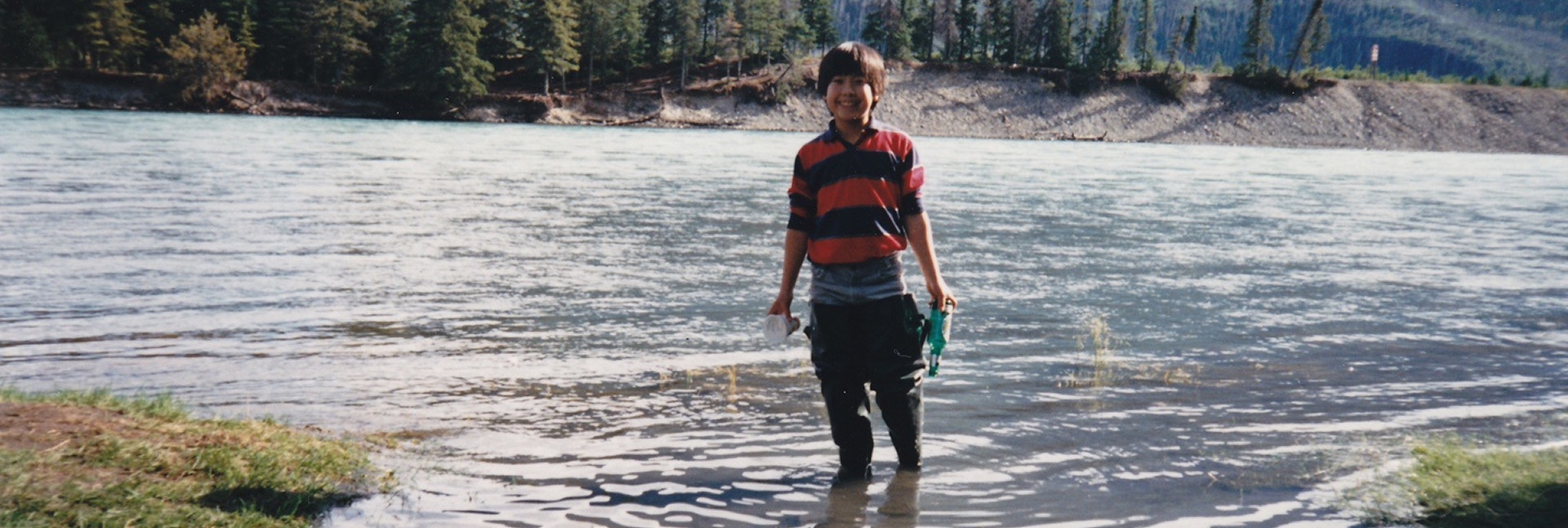
Without hesitation, Dr. Kang named the birth of his son as the day he’d relive if he could. “My wife went through almost 30 hours of labor. Our baby was ‘sunny side up,’ so it ended with a C-section. In the middle of all that, I had to finalize a real estate deal—signing a lease and texting our agent.”
They were living in Manhattan at the time, but that day they secured a new apartment in Williamsburg. “It was a confusing but blessed day—welcoming a baby and a new home all at once.” Dr. Kang says that moment—the start of a family—profoundly transformed his life.
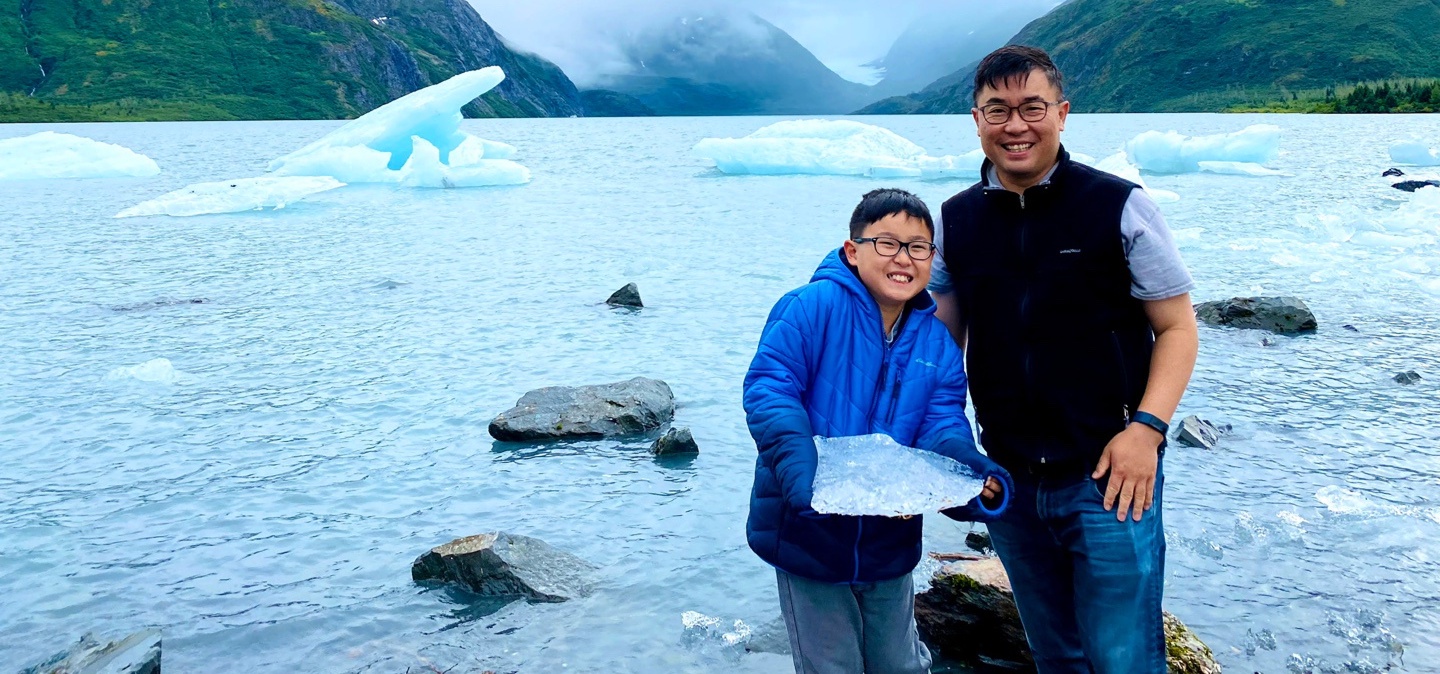
Before having a family, career came first. Now, Dr. Kang says priorities shift with context. “Work-life balance isn’t always 50:50. Sometimes family takes the lead, other times your career does. But in the grand picture, family is what matters most.”
Despite New York’s fast pace, the Kang family finds peace walking together along Chelsea’s Little Island or the Hudson River. “I miss Alaska’s serenity, but I also enjoy the diversity and energy of a big city.”
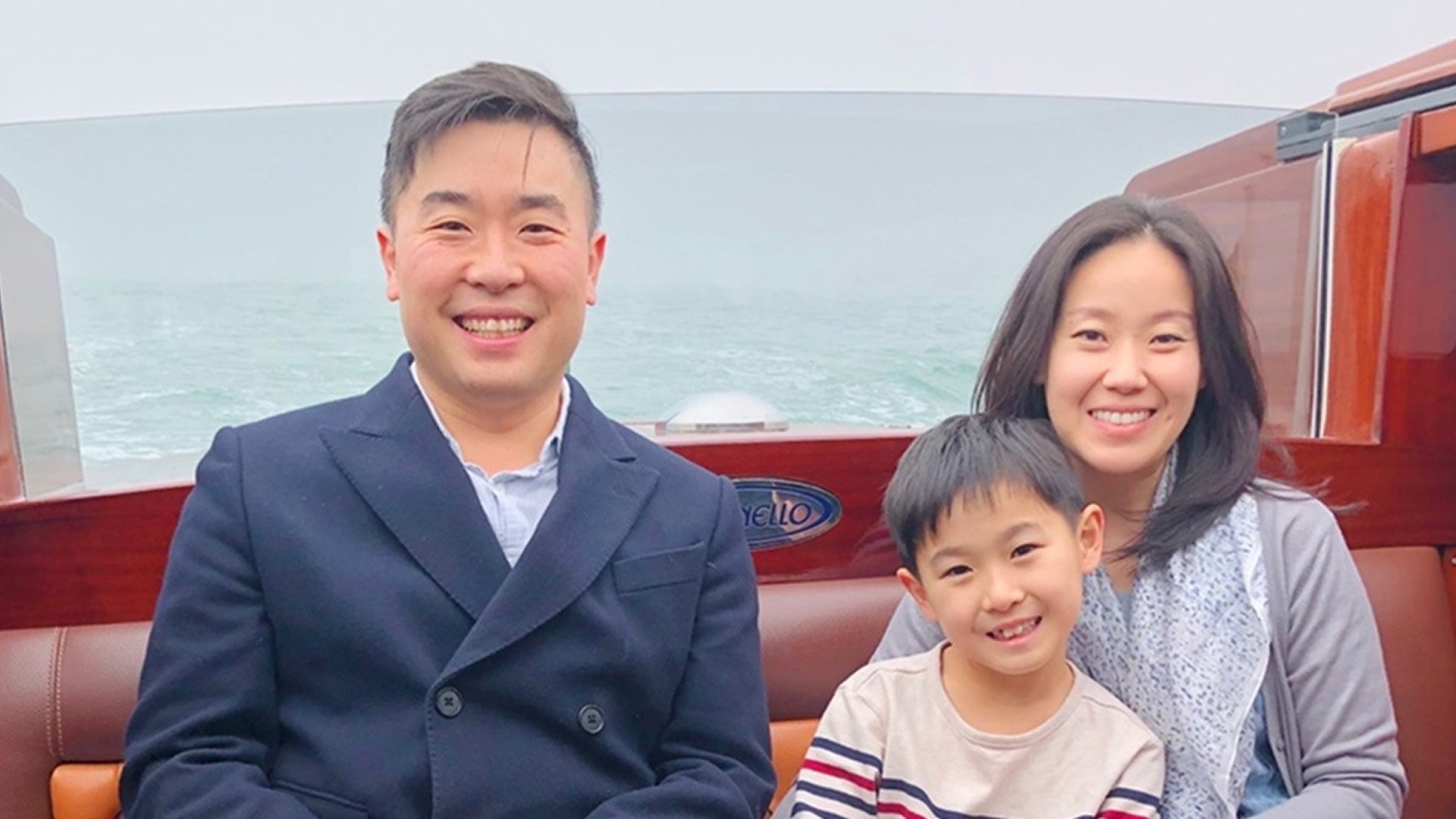
Taekyung Kim, his wife, is a visual artist who once worked at the famous Takashi Murakami studio in Japan. Dr. Kang, by contrast, specializes in transfusion medicine—studying blood, coagulation, and bleeding.
“If we were MBTI types, I’d be the logical, analytical type, while my wife is intuitive and creative. It’s a great balance—marriage lets us fill in each other’s blind spots and offer new perspectives.”
They met unexpectedly when Taekyung filled in last minute for a friend’s blind date. “The moment she walked in, she caught my eye.” With their studios and hospitals close, they started meeting for lunch—and the rest is history.
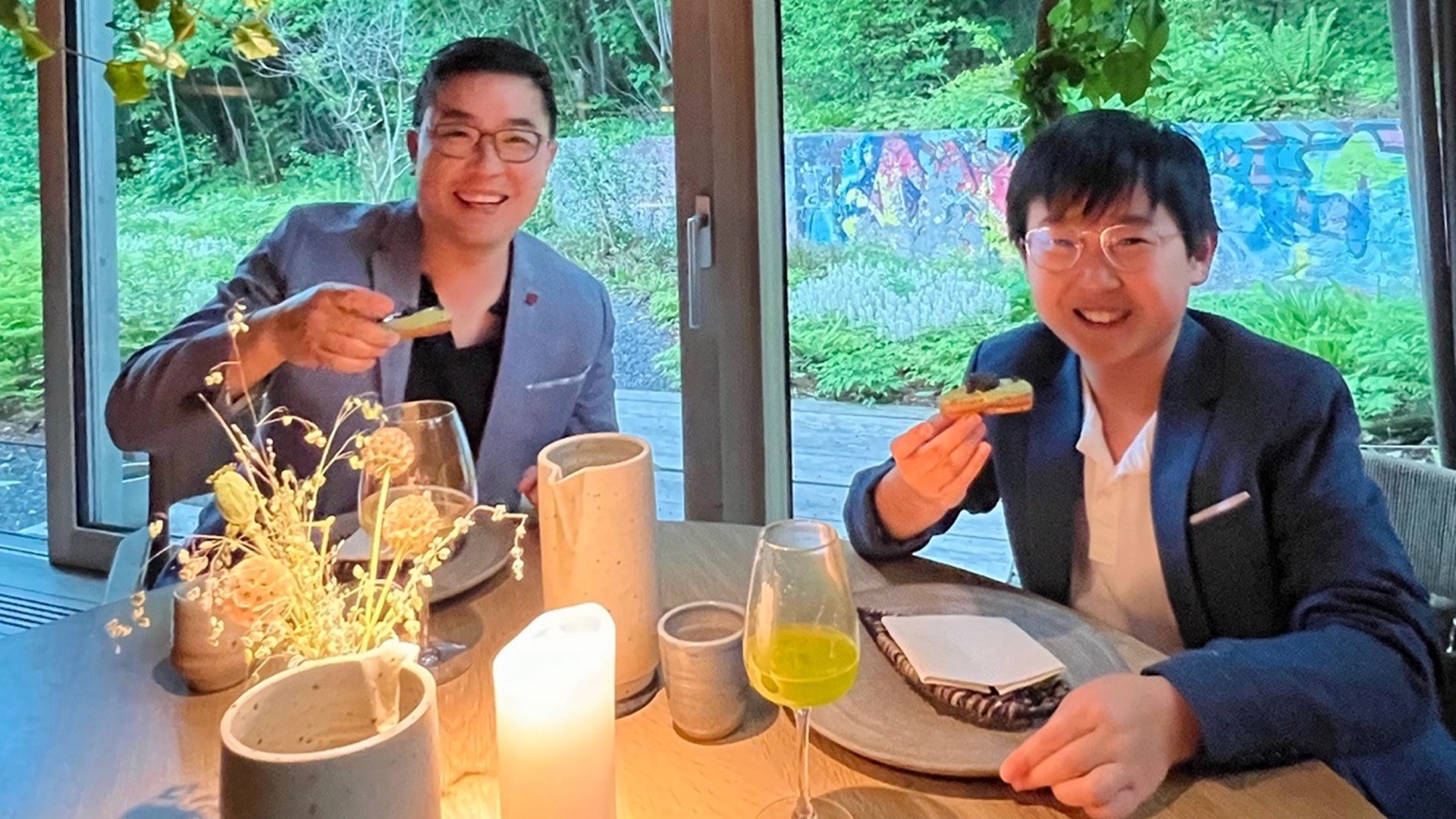
Dr. Kang proposed at Stanford University’s Rodin sculpture garden, where he had studied. “I arranged a slideshow on her phone album, so when she scrolled, it ended with ‘Will you marry me?’”
Even more interesting: the ring came from Alaska. “Alaska has no state sales tax, and residents get yearly oil dividends. My parents flew in with the ring, and it cost less because there was no tax,” he laughed.
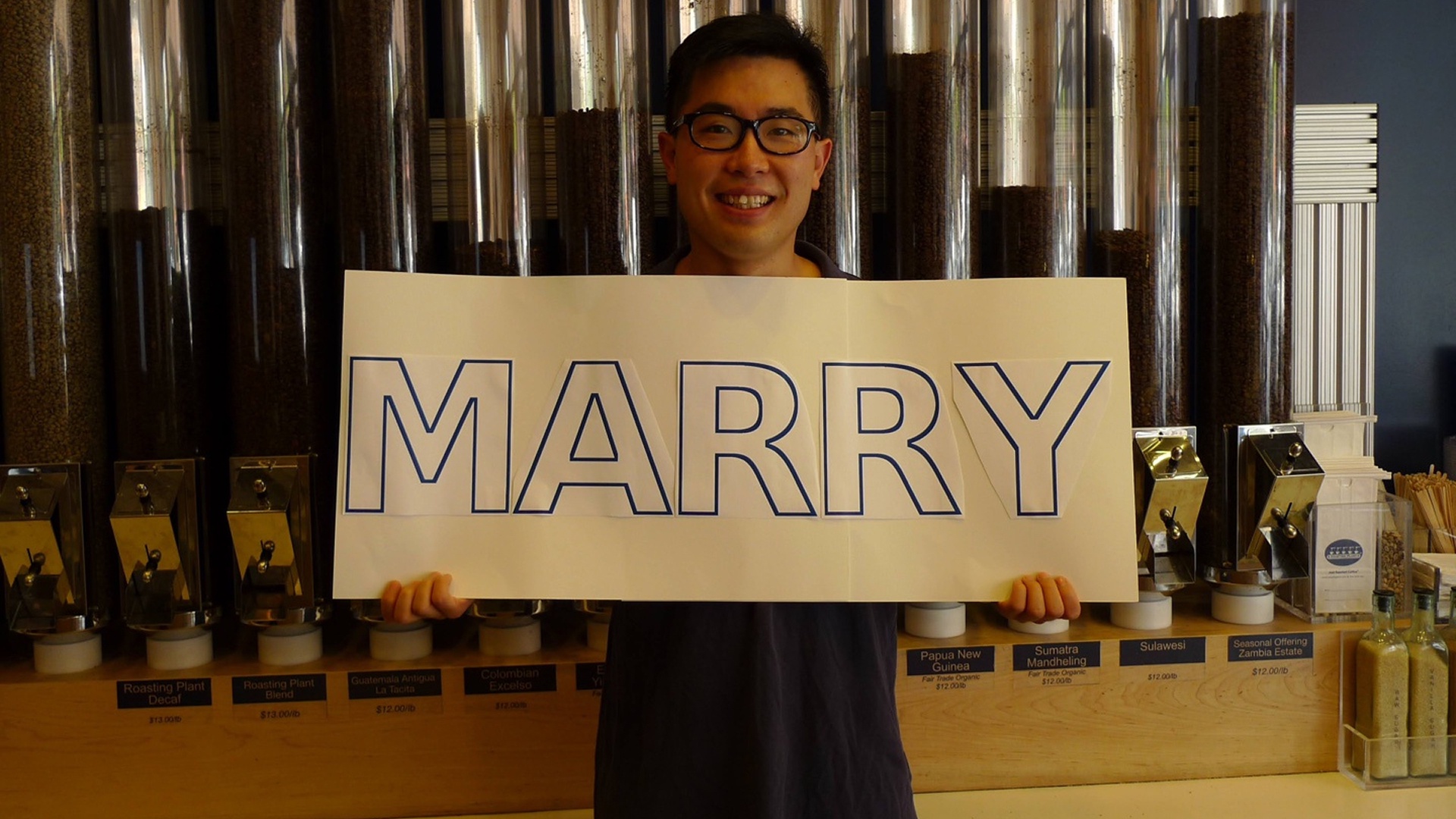
Over drinks with friends, Dr. Kang often dives into “guy stuff”—from gadgets to dream cars. “We love talking about tech, new phones, or cars we’ll never buy but still dream about.”
If he could go back to age 18? “I’d still become a doctor. But if I had to change, I might choose radiology. Thanks to technology, radiologists can now read scans remotely. It’s a fascinating field.”
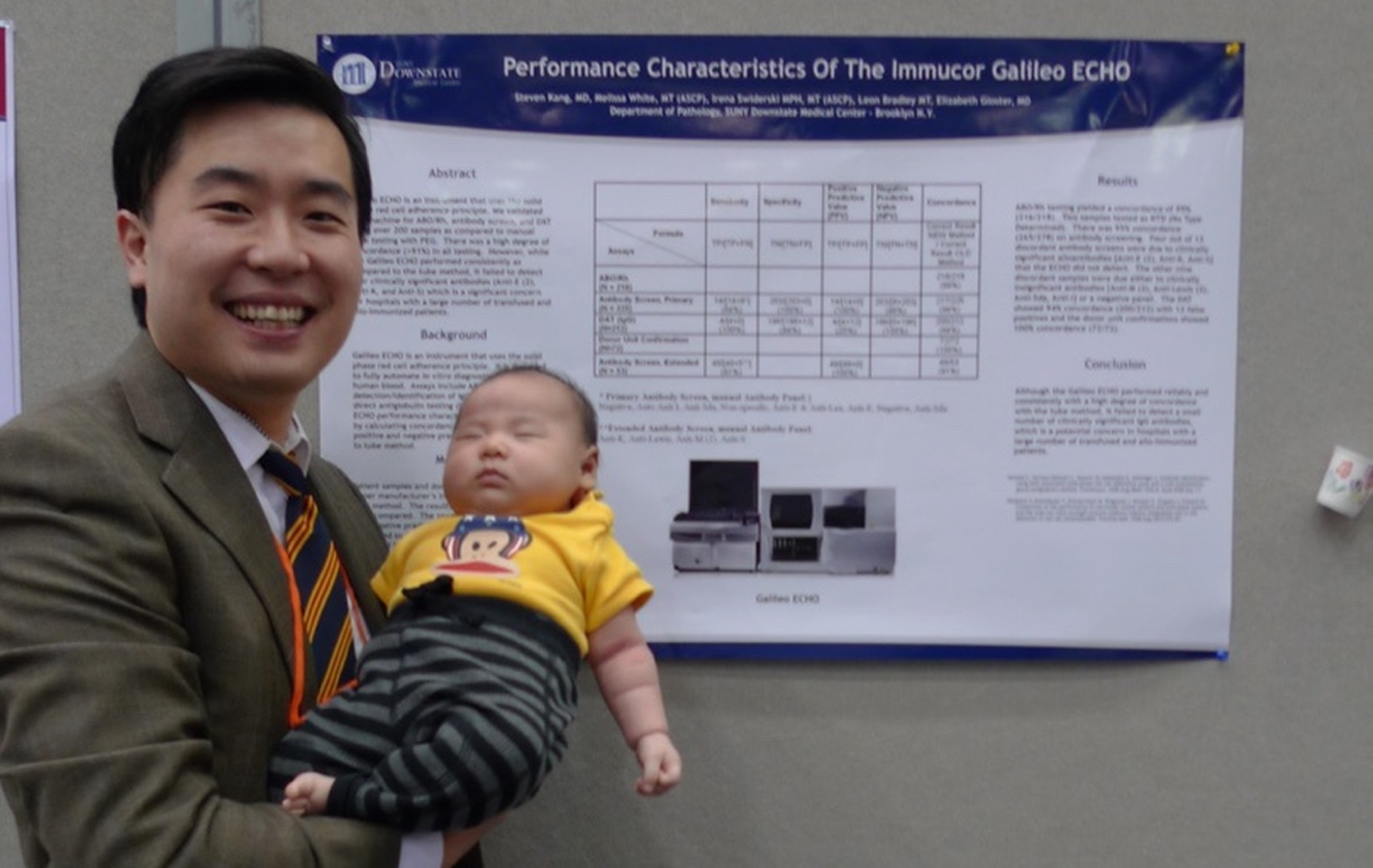
With AI advancing rapidly, will doctors be replaced? “Medicine moves slowly due to strict regulation, licensing, and the fact that human lives are at stake,” Dr. Kang said.
“I believe AI will serve as a tool, not a replacement—enhancing accuracy and efficiency. But human insight and empathy must remain at the heart of medicine.”

The couple decompresses through travel, and Copenhagen stood out. They visited Kim’s brother, who owns a restaurant in Sweden—and they were lucky enough to get a reservation at Noma, one of the world’s best restaurants.
“From the moment chefs greeted us at the door, it was clear this wasn’t just a meal—it was art. There were more chefs than tables, and the juice pairings were phenomenal.”
They also visited Møns Klint, a Danish chalk cliff coastline. “It wasn’t grand like Alaska, but it had a soft, luminous beauty of its own.”

The Korean community in Anchorage is surprisingly large. Dr. Kang grew up attending Korean church with his parents. Many first-generation Korean Americans still hold on to 1970s–80s Korean culture like a time capsule.
He’s now Dean at SUNY Downstate Medical Center and is passionate about supporting Korean and immigrant students.
“Students from immigrant families often lack resources or guidance. I want them to know they belong and that they can succeed here. I hope to be a bridge—for Korean students, and really, for all students.”
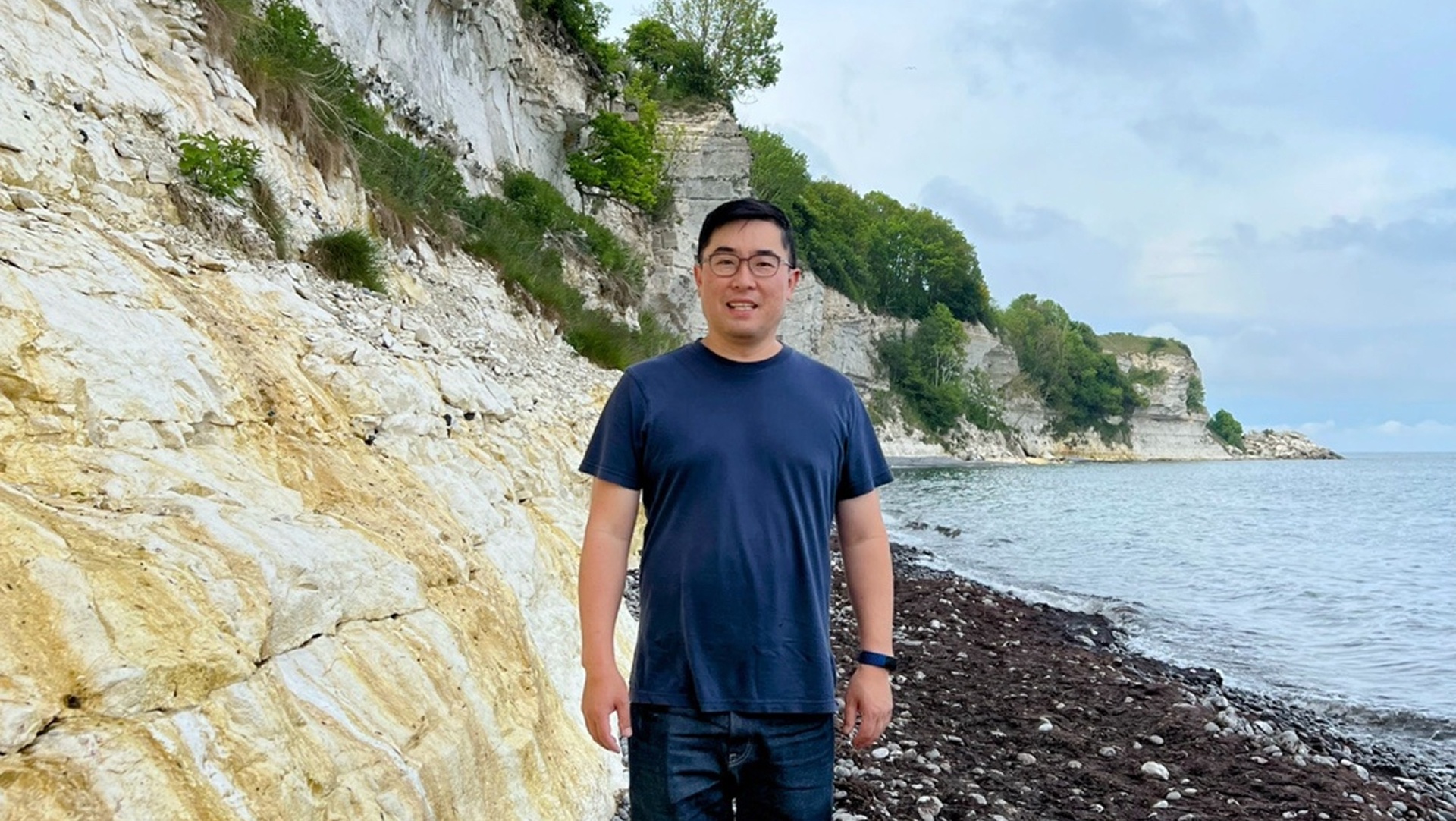
Dr. Kang’s field is transfusion medicine—he oversees critical decisions on distributing blood, platelets, and rare clotting agents. Some of these drugs cost tens of thousands of dollars and can be life-or-death. “That’s why I’m on call 24/7. If used incorrectly, these treatments can harm patients and cost the hospital a fortune.”
During COVID, NYC hospitals faced extreme blood shortages—especially on weekends and holidays. “We even ran out of blood. People don’t realize: antigens vary by ethnicity, so Korean patients often need Korean donors. I hope more people consider donating.”
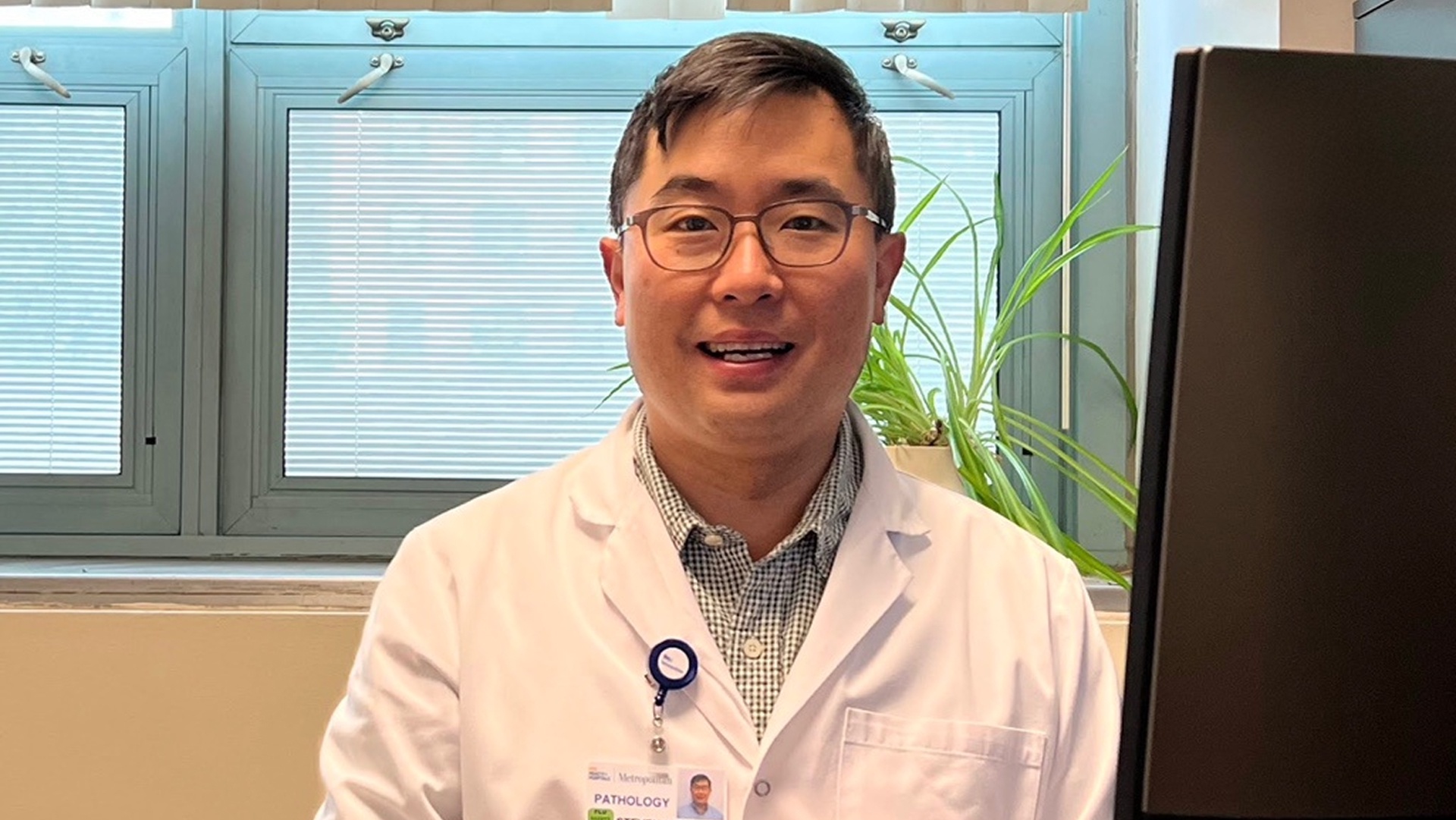
Dr. Steve Kang treasures his family above all and lives a life of deep commitment—on call day and night for his patients. The collision of Anchorage's calm and New York’s energy, of visual art and transfusion science, creates a unique harmony in his life.
As he said, “Family comes first—but sometimes, you must also immerse yourself in your calling.” His story offers a beautiful example of how to find balance between purpose and presence.
Our two-hour interview flew by like a compelling film. As we toasted one last glass of wine, we already anticipated a “Part Two.”
We look forward to watching Dr. Kang and Taekyung continue their beautiful life story—like a film, one chapter at a time—shaping the world with quiet, lasting influence.